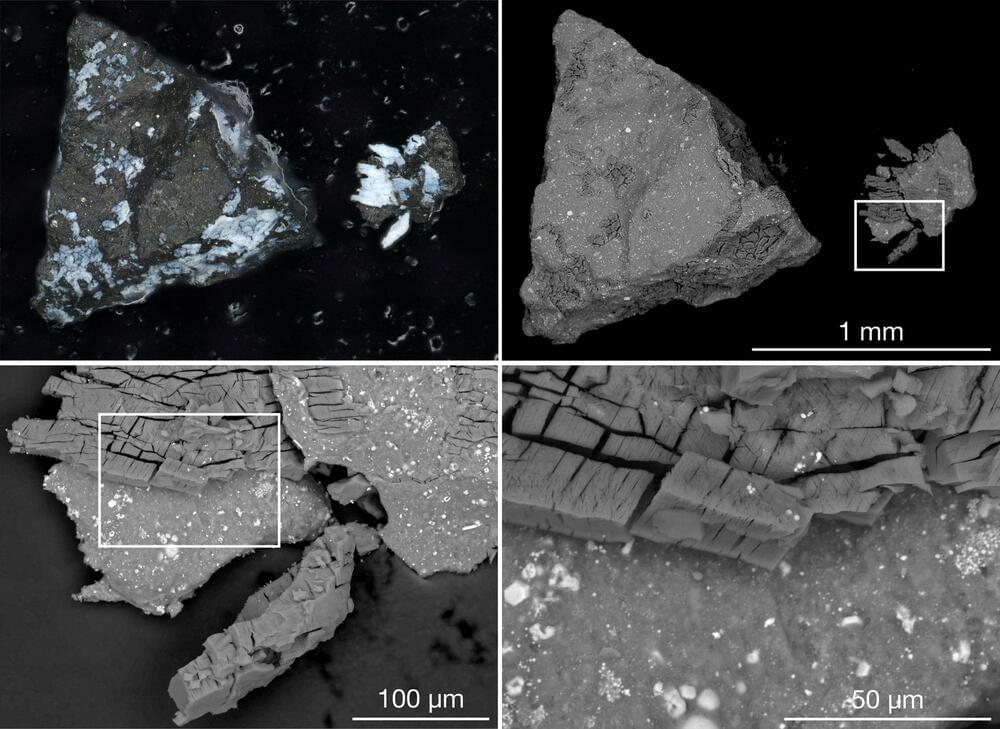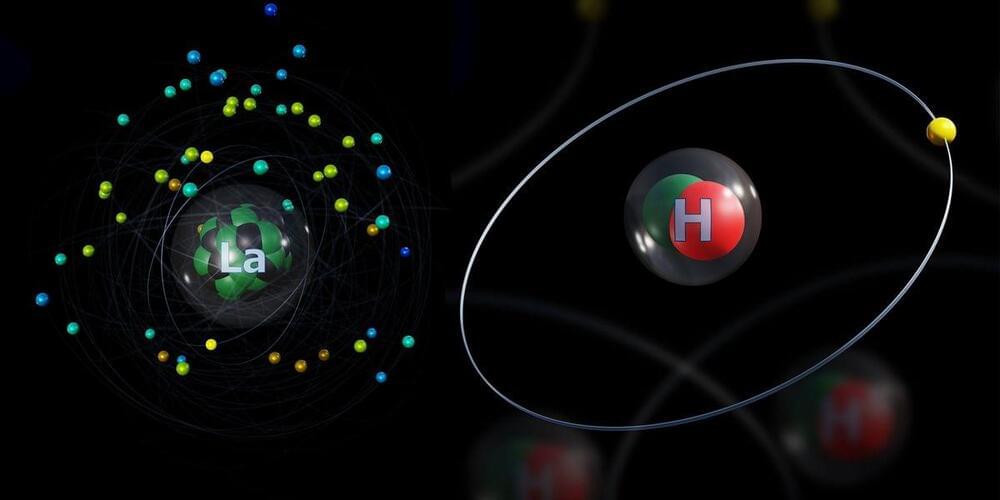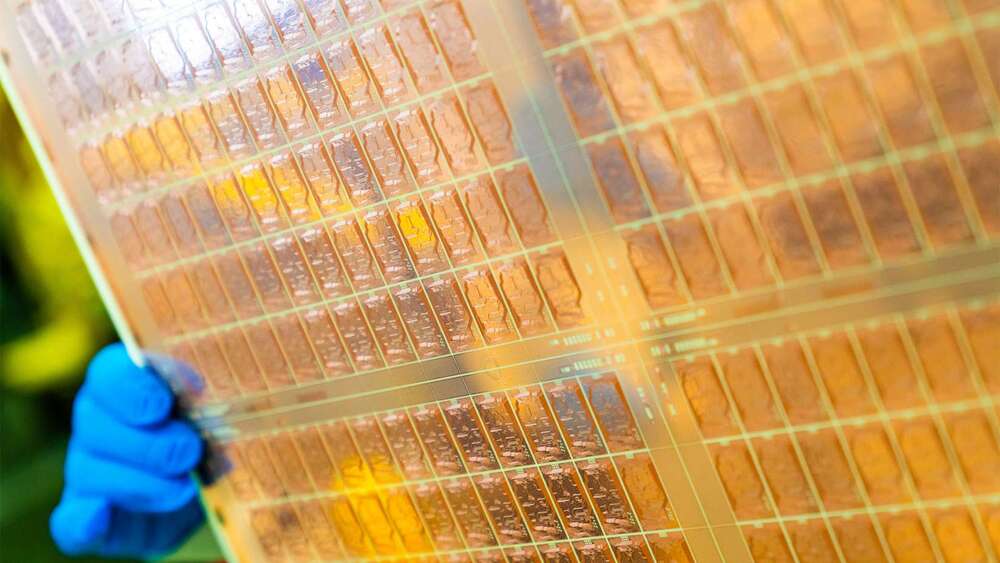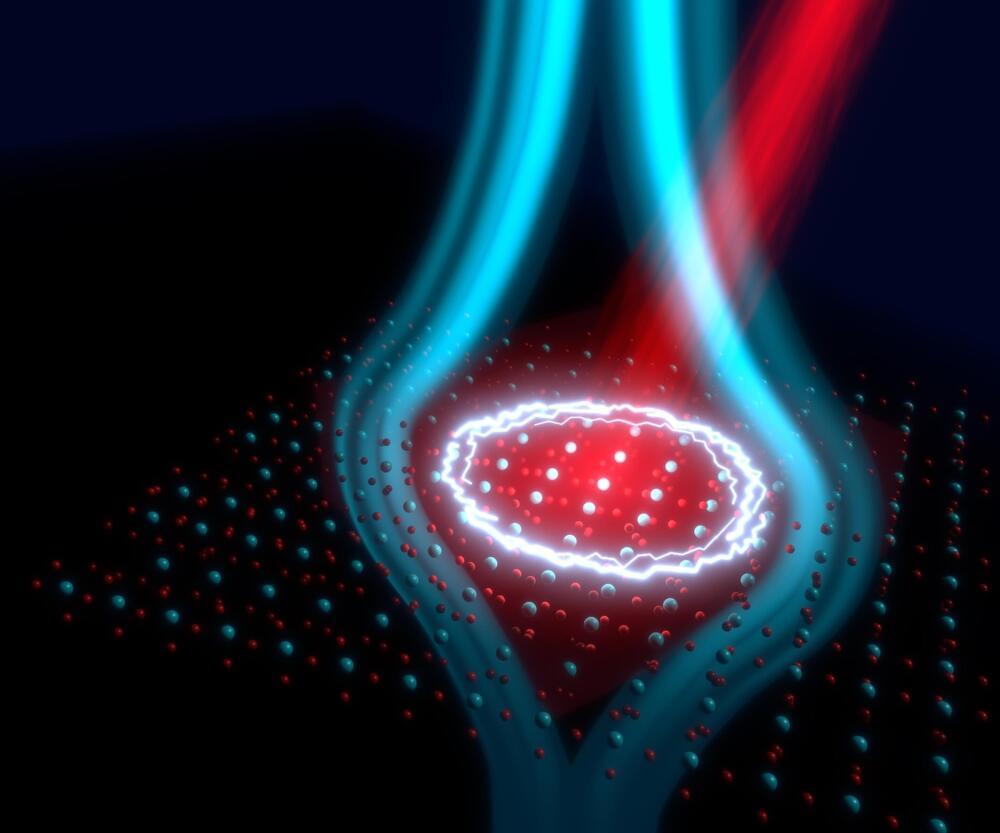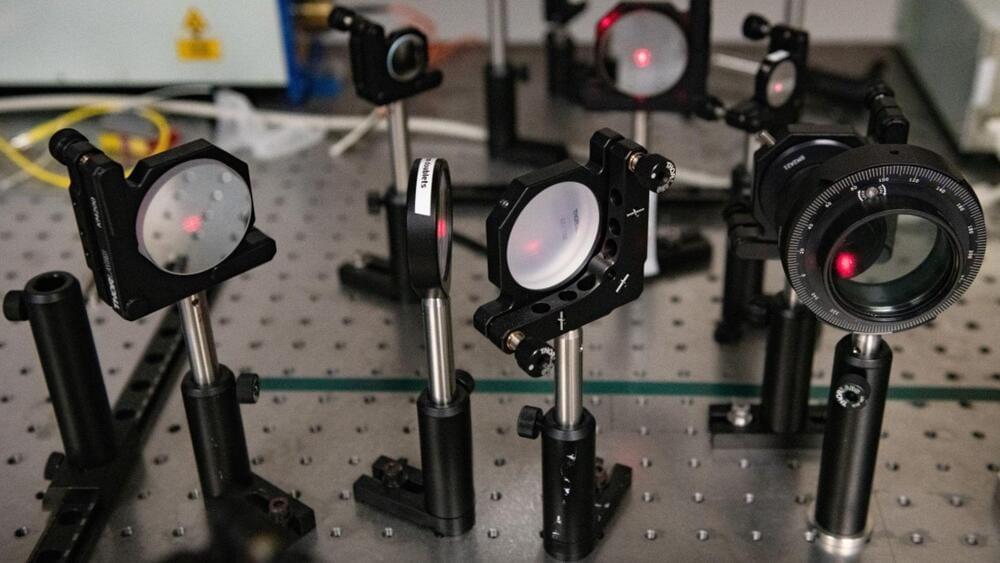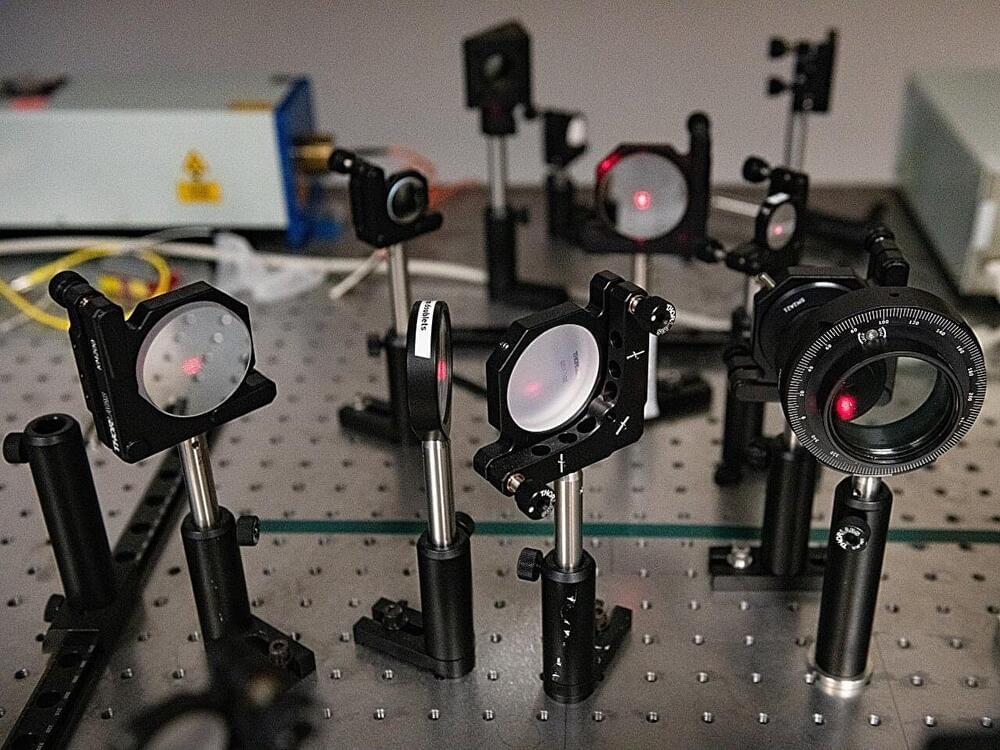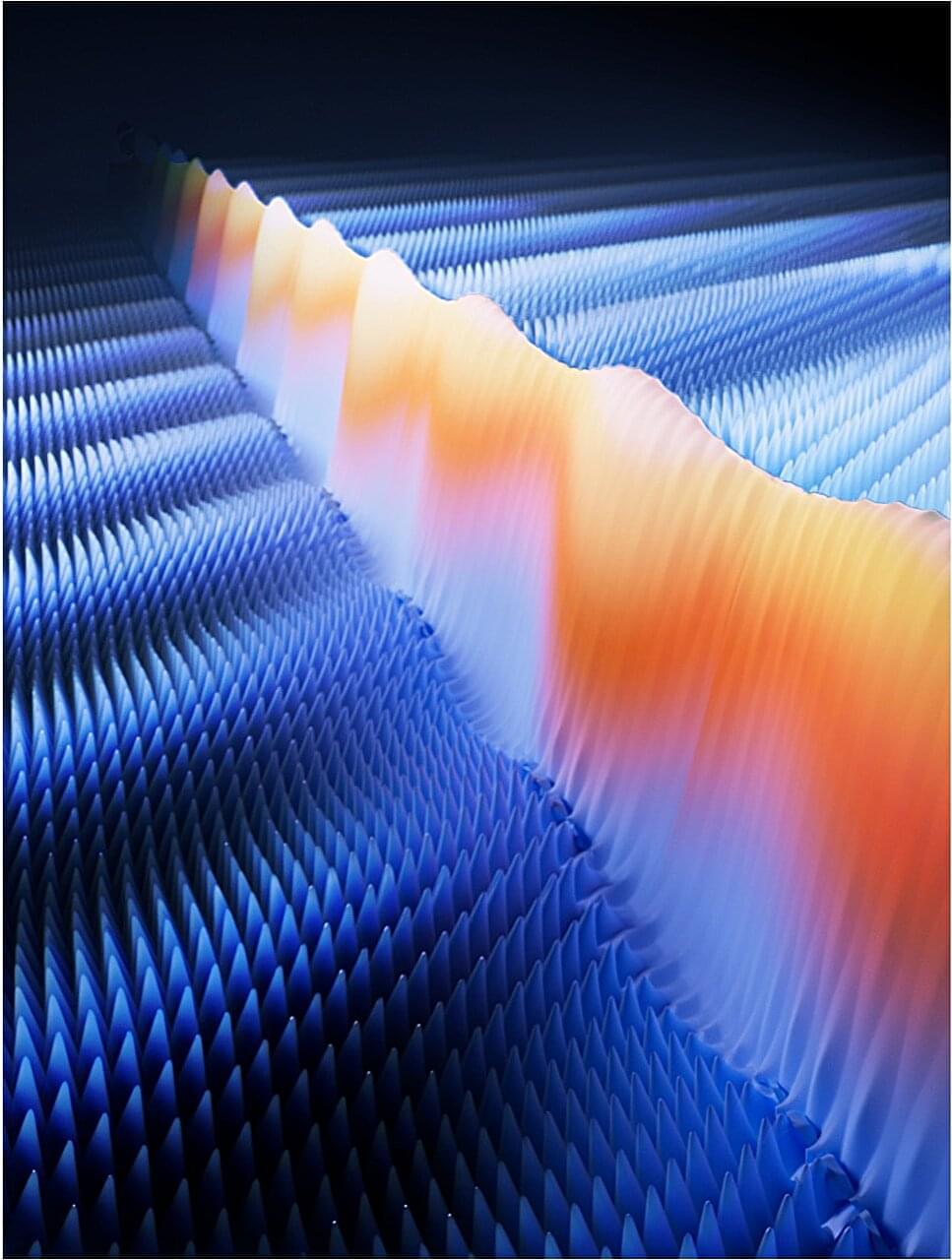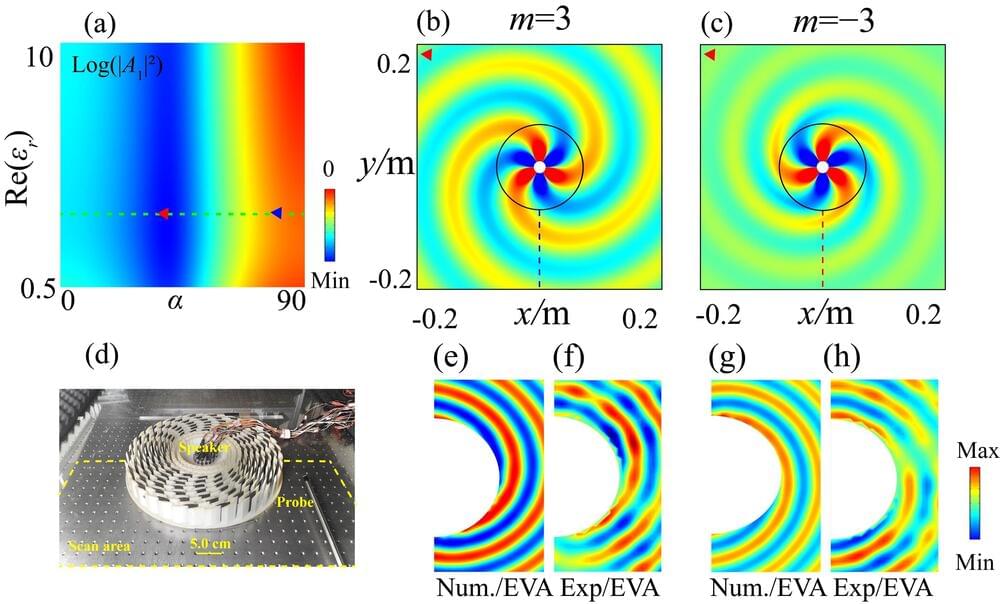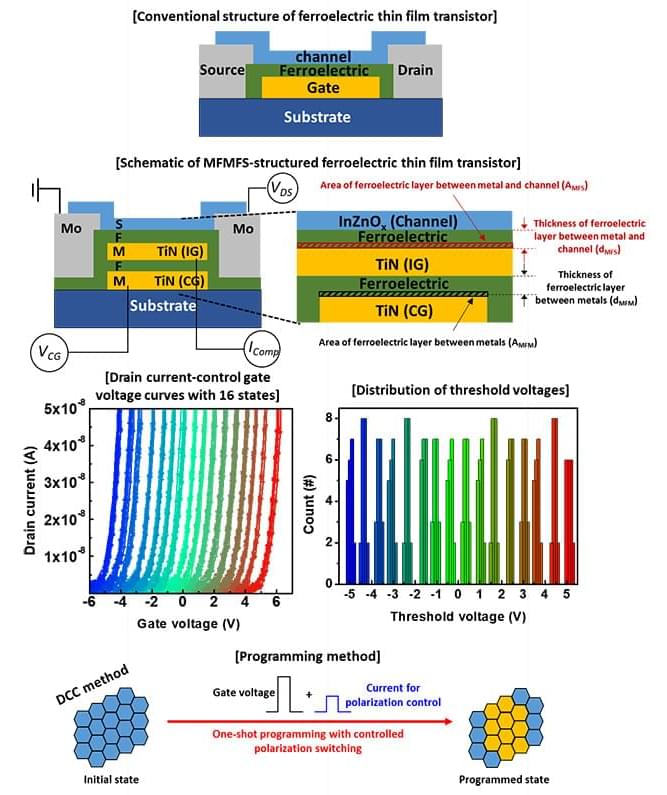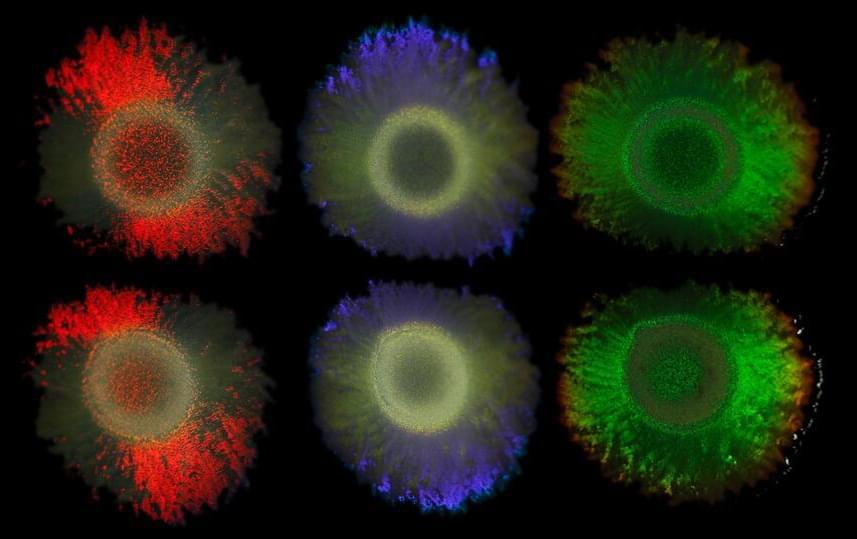Jul 14, 2024
Asteroid Sample Surprise: Bennu Holds the Solar System’s “Original Ingredients”
Posted by Genevieve Klien in categories: materials, space
NASA ’s OSIRIS-REx mission returned a sample from asteroid Bennu, revealing it contains key solar system materials and possible signs of a watery past. This discovery provides valuable insights into the early solar system’s conditions and the potential origins of life.
A deep dive into the sample of rocks and dust returned from near-Earth asteroid Bennu by NASA’s University of Arizona-led OSIRIS-REx mission has revealed some long-awaited surprises.
Bennu contains the original ingredients that formed our solar system, the OSIRIS-REx Sample Analysis Team found. The asteroid’s dust is rich in carbon and nitrogen, as well as organic compounds, all of which are essential components for life as we know it. The sample also contains magnesium sodium phosphate, which was as a surprise to the research team, because it wasn’t seen in the remote sensing data collected by the spacecraft at Bennu. Its presence in the sample hints that the asteroid could have splintered off from a long-gone, tiny, primitive ocean world.
